The Peace Process Formula: Phase 3
THE PEACE PROCESS FORMULA: PHASE 3 (ISSUE 74)
By Diane Gold
The Peace Process Formula is an evolving series of steps that gently create dialogue and resolution of a peace conflict based on our sameness and not our differences. This is Phase 3.
The Peace Process Formula: A Step By Step Guide, was published on December 3, 2012. The process involved a moderator’s talking to 1 person who had experienced geopolitical conflict and really listening to what that person had to say.
The Peace Process Formula: Phase 2, from December 10, 2012, outlined role playing action steps involving a moderator and 2 people from the same conflict role playing leadership roles. They each would have individually been through Phase 1 of the process, where each talked about her (his) experience.
After seeing the documentary, The Two-Sided Story, a peace process story about bringing together bereaved family members from both sides of an age-old conflict; I am convinced, more than ever, that The Peace Process becomes solid when people talk to each other and get to see their humanity in each other. When I watched this movie, it was as if I were seeing this process in a film that I had directed.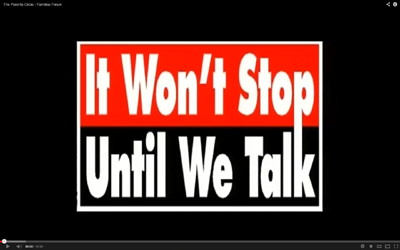
The poster for the process at The Parents Circle-Families Forum says,
“It Won’t Stop Until We Talk.”
This seems simple enough, but, as we know, it is not.
Nelson Mandela said,
“…courageous people do not fear forgiving, for the sake of peace.”
This simple quote points to the importance of stepping off our path of revenge for the greater good.
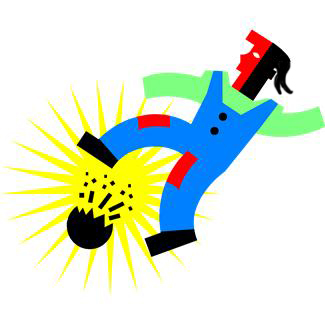
The fact that my family was blown up by your family is a big deterrent in the peace process. My blowing up your family to stop you from future action is another action that stops peace. The heart does not forget, even when we show forgiveness on the outside. So, what are we to do?
What if we tell another bereaved person how we feel? It will be extremely difficult, at first, because we do not want to be in the same room as our opposite bereaved tribe member. If we make the choice to do it, we may see that our feeling of pain and loss is very much the same as that of our fellow bereaved on the other side and that continuing violence upon violence to revenge violence upon violence perpetuates violence upon violence and doesn’t help our loved ones or our children. The big picture shows that both sides of the conflict, whichever one it is, have suffered tremendous losses. History shows that killing begets killing and more sorrow; listening begets understanding and the possibility of peaceful co-existence.
To outline the steps in The Two-Sided Story, participants go through a process:
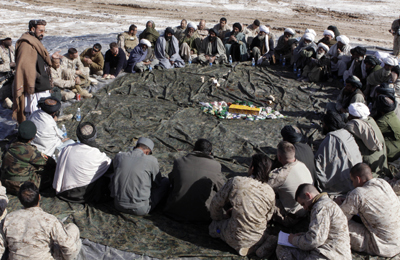 1) Bereaved people from opposing sides of a conflict share their story, 1 at a time, with the whole group. (Image depicts a generic group.)
1) Bereaved people from opposing sides of a conflict share their story, 1 at a time, with the whole group. (Image depicts a generic group.)
2) They continue listening by separating into pairs of opposite tribes and share their story with the opposite tribe member who is sitting next to them.
3) They role play by getting back into the group and speaking as if they are their counterpart, describing what the counterpart has said about life and situation.
4) They become empathetic by talking about how they feel as if they are their counterpart.
5) They notice they are beginning to understanding their partner is not a monster, even if just a little.
This 5-step process, shown in Two-Sided Story, produced by Yoav Leshem, directed by Tor Ben Mayor, created through The Parent’s Circle-Families Forum, resulted in emotional healing, human understanding, personal friendships and a wonderful peace model for others to follow that has begun to be successful.
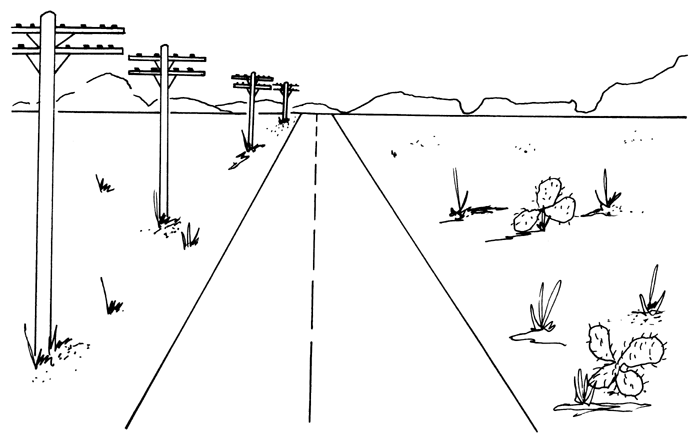 CATHARSIS
CATHARSIS
Since The Peace Process Formula is a fluid, open process; we are open to evolve the more we understand and experience. With this said, Phase 3 of the process focuses on sharing the individual perspective. 2 people from opposing tribes will get together with a moderator. To follow is the rationale.
__________________________________________________________________________
WORLD TAI CHI DAY IS A WEEK FROM SATURDAY
World Tai Chi and Chi Kung Day is coming up on April 27, Saturday, at 10:00 am. There are events all over the world. It’s free and fun, for beginners or experienced people. If you are in Boca Raton, I’m coordinating the event at Sanborn Square, my 14th year in Boca. I would be honored to have you attend. Spread the word! If you’re not going to be local, I will look for an event near your location if you contact us.
__________________________________________________________________________
RATIONALE
We know that “what’s in it for me” is always an easy way to get people to listen. If we could bring back the life of a loved one lost in war, we would immediately pay attention. Unfortunately, we cannot. If we could erase the hatred our neighbor has for us, we would.
What we can do is save ourselves from resentment, vengeful thoughts, anger and more violence. The steps to do this are not so flashy or fancy; but, when we receive some personal benefit from an action step, we are more likely to get involved rather than if we hear an abstract rationale whose benefit will help the world.
The pow-wow of 3, the moderator and 2 individuals from opposing tribes shall be planned. If 2 opposite tribe members are not present, the moderator can take on the role of the member of the opposite tribe who is not actually present.
ACTION STEPS
1) The moderator serves tea and talks about the tea ritual for 5 minutes.
2) As in Phase 1, the moderator will allow 5-15 minutes for each person to speak about her/his experience. The difference here is that each person would have to give full attention to someone from the opposite side’s story.
REITERATE THE RULES
No verbal or body language blame, no cursing or other violent language, no abusive physical contact.
3) The moderator asks each participant to speak about her (his) story.
4) After both people have spoken, the moderator asks:
a) How is your pain different from her (his) pain?
b) Did talking help you get closer to understanding the person next to you?
5) Tea is served.
6) Moderator thanks both participants for their time.
CONCLUSION
The people who agree to participate in this process are, at least, curious about some sort of peaceful settlement. They may still hold blame for the hardships they have endured, but they have some curiosity about what a peace process might look like.
In sharing our stories, we face our pain; we become less alone with the burden of pain and suffering; the perceptions we have about the wrongs that have happened come out in the open. Sometimes, this allows us to have a cathartic experience that heals us; may find others who feel the same torment, or we may find others who have a completely different burden; we may be helped, or we may help.
Here is a quote from Robi, a member of the Bereaved Families Forum in the above-cited movie, whose peace-loving son, David, was killed by a sniper. Robi is a devoted mother who believes that revenge does not belong in the peace process. It sums up a great possibility,

“I believe removing the stigma from each side and getting to know the person on the other side allows for a removal of fear, and a way to understand that a long-term reconciliation process is possible.”
FEEDBACK
Please leave a comment and LIKE.
DIANE GOLD, AUTHOR
Diane Gold, Founder of Warriors of Weight, Turning Habits Into Health, is a mentor in tai chi, kung fu and meditation, a music, fitness and stress expert, dedicated mom, studying plant-based nutrition.
She has seen the way people learn tolerance through communication. This is the same process used in academic debates, brainstorming groups and personal growth sessions. She says,
“A systematic approach can create new trust, once we establish the best way to send a gentle breeze to our opposite tribe. It’s all about taking 1 step.
“It’s extremely difficult for most people to let go of their ideas. Most of us “know” we are right and are not interested in changing. In some cultures, heads of families abuse their family group should the family question the head’s authority. This type of rigid behavior often maintains the wall of war.
“I see progress with the peace process. And the latest generations are multicultural. They far surpass the “flower child” generation whose slogan was “make love, not war” because of the global network in which they have grown up.
“The peace issue” is engrained in Millenials, or so it seems. That’s why we live in a great climate for The Peace Process Formula to spread, one group at a time until it catches on worldwide.”


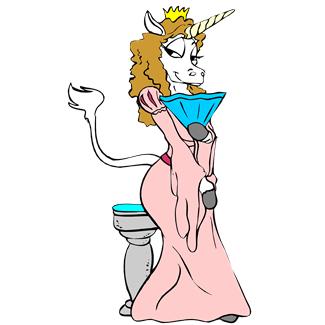 Now, I don’t believe that blame is something helpful, but I do believe that, because women have accepted the position of inferiority, they have perpetuated a myth that carries on to this day. I also believe that, if women who are oppressed fight for their own equality (I am not speaking of the gentle oppressions where women make less money, have more domestic responsibilities, get worse jobs, but of stark, horrific oppression such as domestic slavery, sex slavery, trafficking, second class citizenship that exist in many nations), the fight would cause as many female deaths as in any civil war to date.
Now, I don’t believe that blame is something helpful, but I do believe that, because women have accepted the position of inferiority, they have perpetuated a myth that carries on to this day. I also believe that, if women who are oppressed fight for their own equality (I am not speaking of the gentle oppressions where women make less money, have more domestic responsibilities, get worse jobs, but of stark, horrific oppression such as domestic slavery, sex slavery, trafficking, second class citizenship that exist in many nations), the fight would cause as many female deaths as in any civil war to date. There are women who are born into prostitution. In certain sections of the world, 3 generations of women can be found to be prostitutes. In the red light district of Kolkata (formerly spelled Calcutta), a prevalent family business is this: the mother is a prostitute as is her mother. The father waits for the female children of his wife to become 10 years old (or worse, 7 years old) so that he can turn them out into prostitution so that the family can eat and live.
There are women who are born into prostitution. In certain sections of the world, 3 generations of women can be found to be prostitutes. In the red light district of Kolkata (formerly spelled Calcutta), a prevalent family business is this: the mother is a prostitute as is her mother. The father waits for the female children of his wife to become 10 years old (or worse, 7 years old) so that he can turn them out into prostitution so that the family can eat and live. Accepting the thinking that it’s OK to putting children into prostitution for money is a bad habit. It is also a way of thinking and acting that has been accepted in current and past society as normal.
Accepting the thinking that it’s OK to putting children into prostitution for money is a bad habit. It is also a way of thinking and acting that has been accepted in current and past society as normal.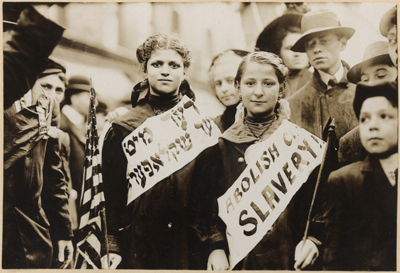 In certain cultures, women are forced into being one of many wives, forced into being consorts, forced into the life of a sex slave, a baby machine or a maid. This is partly the fault of women who accept this. But their alternative would be death, ostracism or, at least, fear of death and disfigurement.
In certain cultures, women are forced into being one of many wives, forced into being consorts, forced into the life of a sex slave, a baby machine or a maid. This is partly the fault of women who accept this. But their alternative would be death, ostracism or, at least, fear of death and disfigurement.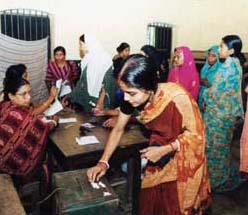 It is time we worked on changing the concept and reality of women as slaves. It is time we all became better human beings. It’s crucial to engage in conversations. It is also important to consistently talk about abuse of women in literature and in every country in the world.
It is time we worked on changing the concept and reality of women as slaves. It is time we all became better human beings. It’s crucial to engage in conversations. It is also important to consistently talk about abuse of women in literature and in every country in the world.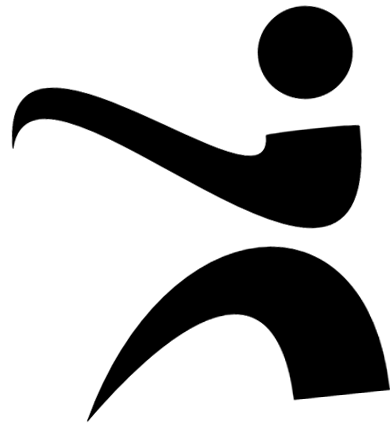 But tai chi has other functions. There is scientific evidence that tai chi also improves flexibility, focus, respiration, muscle response, memory, mental attitude.
But tai chi has other functions. There is scientific evidence that tai chi also improves flexibility, focus, respiration, muscle response, memory, mental attitude.
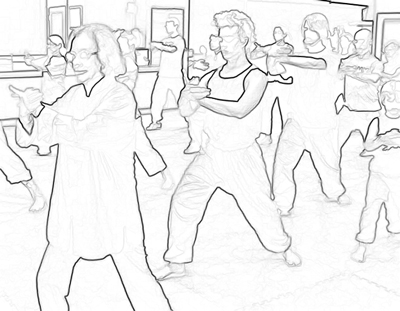 In order to learn tai chi, we have to concentrate on the actual movement we are doing. We do the same movement over and over again until it becomes familiar to us. Sounds a little like a habit, right? It is different from jumping rope, doing a dance routine, going to the gym because every time we do it, it is different. Tai chi movement involves every single part of the body. And we are different of mind and body every day. That is why it is different. As with any martial art, the movement is a tool for training and changing the mind. However, the physical way we execute the motion is related to our mood at the moment, what we choose to express, how relaxed our body is and whether we are working on warding off a potential attacker. These factors affect the movement and make it unique in the world of movement arts.
In order to learn tai chi, we have to concentrate on the actual movement we are doing. We do the same movement over and over again until it becomes familiar to us. Sounds a little like a habit, right? It is different from jumping rope, doing a dance routine, going to the gym because every time we do it, it is different. Tai chi movement involves every single part of the body. And we are different of mind and body every day. That is why it is different. As with any martial art, the movement is a tool for training and changing the mind. However, the physical way we execute the motion is related to our mood at the moment, what we choose to express, how relaxed our body is and whether we are working on warding off a potential attacker. These factors affect the movement and make it unique in the world of movement arts.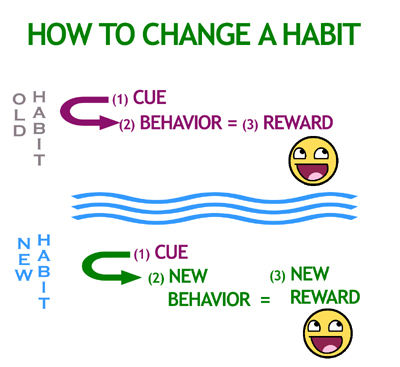 The fact that tai chi involves mind, body and the way we live our lives, but all we have to do is watch our moving hand or foot to grasp our own attention is the very reason it can help change a habit. When we get the CUE, that urge, craving, onset of desire to behave habitually, we can
The fact that tai chi involves mind, body and the way we live our lives, but all we have to do is watch our moving hand or foot to grasp our own attention is the very reason it can help change a habit. When we get the CUE, that urge, craving, onset of desire to behave habitually, we can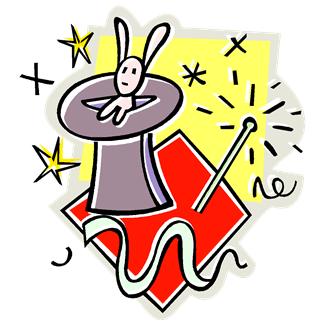 At the beginning, meaning for 3 to 4 weeks, if possible; it’s a good idea not to look at the new reward or evaluate it or compare it to the old reward. We have to remember it took lots of repetition to learn the old behavior, so give the new behavior some time to become beneficial to our lives before deciding to judge it. Otherwise the mind will play the old trick that the new behavior doesn’t work for us (which is. most of the time, a self-con so that we can go back to our old behavior).
At the beginning, meaning for 3 to 4 weeks, if possible; it’s a good idea not to look at the new reward or evaluate it or compare it to the old reward. We have to remember it took lots of repetition to learn the old behavior, so give the new behavior some time to become beneficial to our lives before deciding to judge it. Otherwise the mind will play the old trick that the new behavior doesn’t work for us (which is. most of the time, a self-con so that we can go back to our old behavior).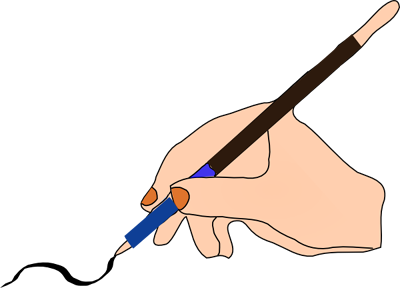 1) WRITE IT DOWN!
1) WRITE IT DOWN!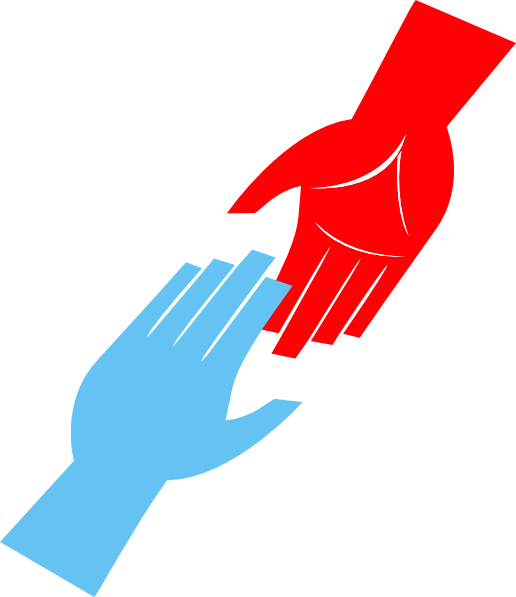 5) CALL SOMEONE
5) CALL SOMEONE Because of this training, we have the ability to consider taking the longer path if it is more strategic to get where we are going because we know patience, the first lesson in any martial art. We learn to take time out to consider, meditate, evaluate, even if, in physical combat, it is only a split second.
Because of this training, we have the ability to consider taking the longer path if it is more strategic to get where we are going because we know patience, the first lesson in any martial art. We learn to take time out to consider, meditate, evaluate, even if, in physical combat, it is only a split second. To the kung fu artist or other martial artist, there is no sense in acting with impatience, hostility, irrationality unless the behaviors of the other affect us. If our self-esteem is intact and does not depend upon how others see us or treat us, we have no need to pump ourselves up like peacocks on display being macho to find a mate or bearded dragon lizards who puff their necks to make themselves bigger when they sense a threat.
To the kung fu artist or other martial artist, there is no sense in acting with impatience, hostility, irrationality unless the behaviors of the other affect us. If our self-esteem is intact and does not depend upon how others see us or treat us, we have no need to pump ourselves up like peacocks on display being macho to find a mate or bearded dragon lizards who puff their necks to make themselves bigger when they sense a threat.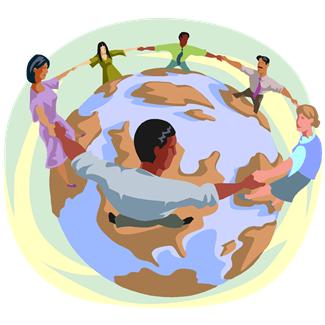 When we are older, acting the way of the child does not utilize our reason and the wisdom from our experience we have taken so long to gain.
When we are older, acting the way of the child does not utilize our reason and the wisdom from our experience we have taken so long to gain.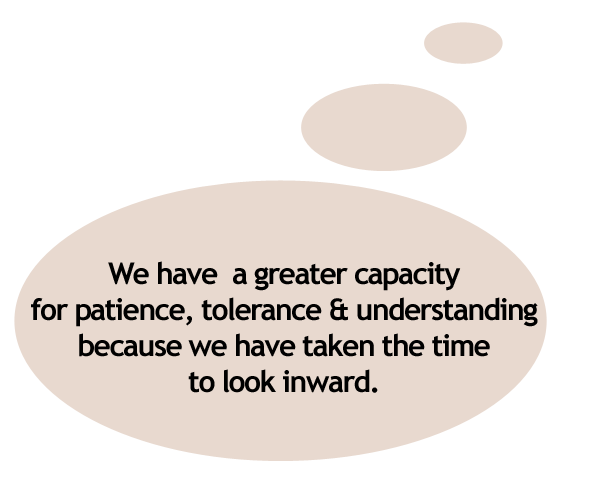 CONCLUSION
CONCLUSION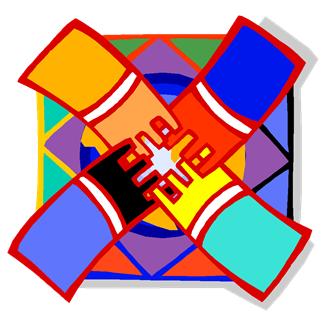
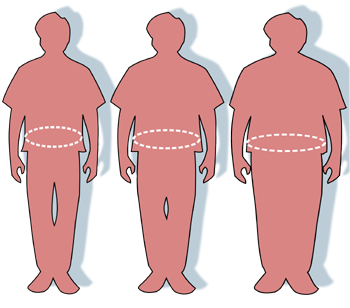 What we often think about when the word “habit” comes up are overindulgence in eating, drugs, drinking alcohol, gambling, etc. These habits are behaviors we have repeated so many times they now require a considerable effort to stop, different from what would happen should we find out that a good habit, tooth brushing, did harm to us.
What we often think about when the word “habit” comes up are overindulgence in eating, drugs, drinking alcohol, gambling, etc. These habits are behaviors we have repeated so many times they now require a considerable effort to stop, different from what would happen should we find out that a good habit, tooth brushing, did harm to us.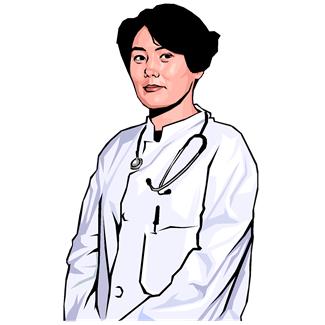 4) Going to our medical professional to get drugs is what we do when we are sick. Nutritional counseling is not part of going to the doctor. Why? In our current health care system, there is no reimbursement for our doctors’ talking about food. What’s even more disturbing is that some 40% of medical schools only require 1 small course in nutrition. We have been trained that this is right, and we trusted this model until our rate of disease continues to soar.
4) Going to our medical professional to get drugs is what we do when we are sick. Nutritional counseling is not part of going to the doctor. Why? In our current health care system, there is no reimbursement for our doctors’ talking about food. What’s even more disturbing is that some 40% of medical schools only require 1 small course in nutrition. We have been trained that this is right, and we trusted this model until our rate of disease continues to soar.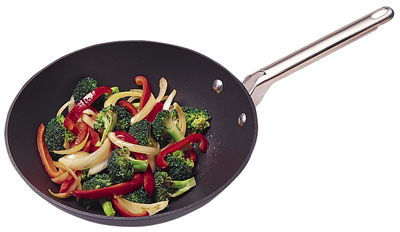 Unfortunately, we have lived our lives learning these habits. We have built habits around the idea of eating meat/poultry/fish/eggs/dairy for nutrition. The fact that there are a plethora of studies showing that these foods cause cardiovascular and chronic diseases means we will have to consider changing our habits and changing our knowledge to maintain health and, possibly, reverse sickness.
Unfortunately, we have lived our lives learning these habits. We have built habits around the idea of eating meat/poultry/fish/eggs/dairy for nutrition. The fact that there are a plethora of studies showing that these foods cause cardiovascular and chronic diseases means we will have to consider changing our habits and changing our knowledge to maintain health and, possibly, reverse sickness.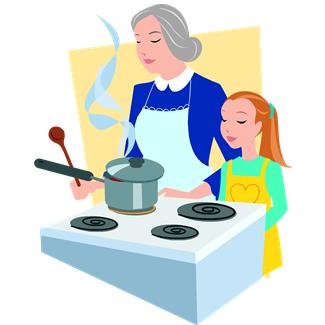 The sad thing is, for the most part, we are not aware, especially in the poorer communities, that the nutritionally calculated value of drive up food is reduced to almost nil because of the negative health side-effects from eating it. The other equally devastating issue is that those of us who know that fast food is bad don’t know what to eat as an alternative for the same shoestring budget expense. Fortunately, children are learning plant-based alternatives and ways to budget for healthy food through their elementary schools. And they are bringing this information home. Go early ed teachers!
The sad thing is, for the most part, we are not aware, especially in the poorer communities, that the nutritionally calculated value of drive up food is reduced to almost nil because of the negative health side-effects from eating it. The other equally devastating issue is that those of us who know that fast food is bad don’t know what to eat as an alternative for the same shoestring budget expense. Fortunately, children are learning plant-based alternatives and ways to budget for healthy food through their elementary schools. And they are bringing this information home. Go early ed teachers!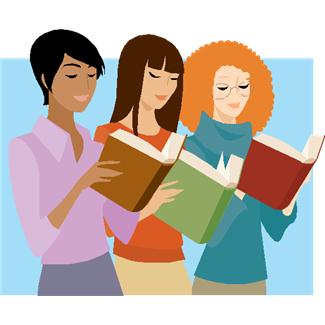 If the habits we have collected regarding medicine, treatment, food, lifestyle choices have been based on misinformation, it’s time to take a look at the foundation on which they were built. This is going to mean changing some habits. It’s also going to involve re-educating ourselves as to which medical professionals know what. Of course, it’s difficult to change doctors. But, if the ones we have are not integrating the necessary health habits into the mix, it might be time. At least, we need to do our own research about some of the things in this article.
If the habits we have collected regarding medicine, treatment, food, lifestyle choices have been based on misinformation, it’s time to take a look at the foundation on which they were built. This is going to mean changing some habits. It’s also going to involve re-educating ourselves as to which medical professionals know what. Of course, it’s difficult to change doctors. But, if the ones we have are not integrating the necessary health habits into the mix, it might be time. At least, we need to do our own research about some of the things in this article.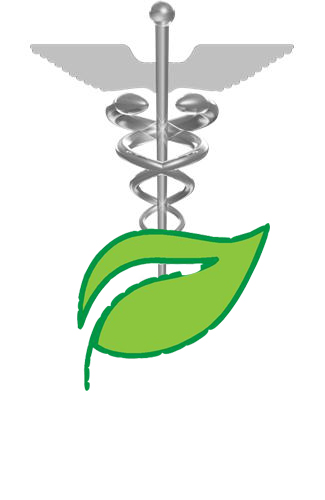
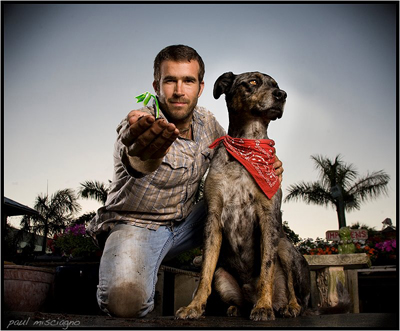
 Farmer Jay also mentioned that, for every calorie of food grown in the United States, we expend 7 calories of fossil fuel.
Farmer Jay also mentioned that, for every calorie of food grown in the United States, we expend 7 calories of fossil fuel.
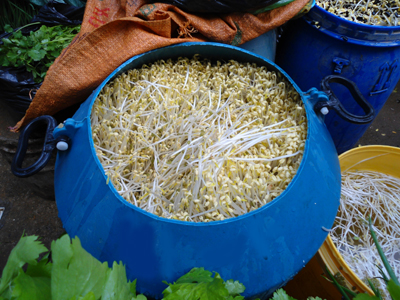

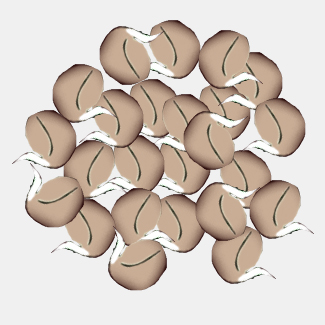
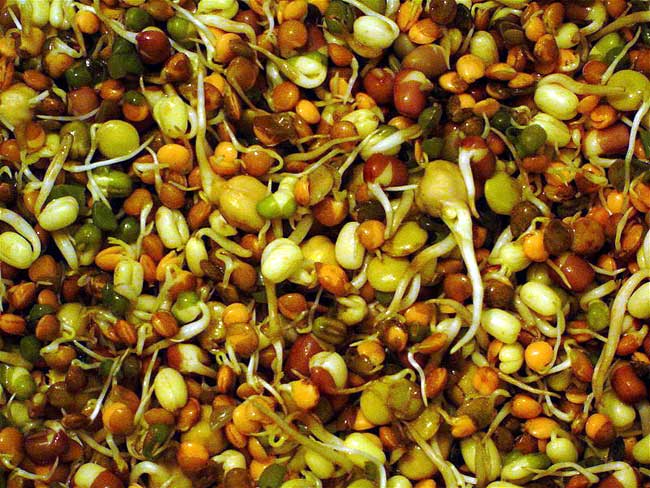 5) TASTE.
5) TASTE.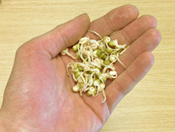
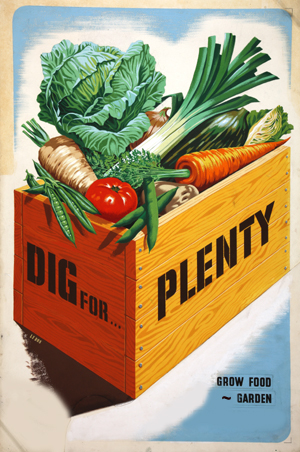
 The gender issue is alive and well all over the world. There are many sides to it and hurdles we can turn to our advantage. I just read in Wikipedia,
The gender issue is alive and well all over the world. There are many sides to it and hurdles we can turn to our advantage. I just read in Wikipedia,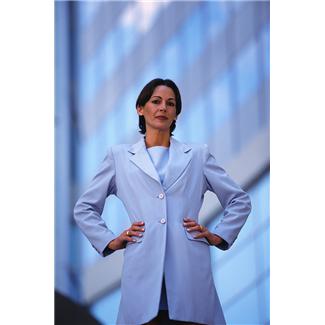 As a direct result of our having been deemed the weaker sex in the past, women may act with cold, ruthless and inflexible behaviors. If we react because of a perceived vulnerable reputation, we’re living someone else’s perception. If we become strong, capable achievers, we will change old thinking. As the decades pass.
As a direct result of our having been deemed the weaker sex in the past, women may act with cold, ruthless and inflexible behaviors. If we react because of a perceived vulnerable reputation, we’re living someone else’s perception. If we become strong, capable achievers, we will change old thinking. As the decades pass. Because our families may have bought into the gender issue; we women may not have learned boxing, martial arts, how to stand up for our physical selves. We may be walking around lacking personal protection training with that shaky inner feeling of slight anxiety. This emotion is not gender specific, although many favor the old gender specific attitudes; this insecurity shows up in anyone who has not been trained in strength training, meditation and some type of combat. A big oversight in our school and parenting systems leaves this out. This deprivation of training causes much stress that exists in anyone who has ever been confronted by a bully, a demanding significant other or an authority figure.
Because our families may have bought into the gender issue; we women may not have learned boxing, martial arts, how to stand up for our physical selves. We may be walking around lacking personal protection training with that shaky inner feeling of slight anxiety. This emotion is not gender specific, although many favor the old gender specific attitudes; this insecurity shows up in anyone who has not been trained in strength training, meditation and some type of combat. A big oversight in our school and parenting systems leaves this out. This deprivation of training causes much stress that exists in anyone who has ever been confronted by a bully, a demanding significant other or an authority figure.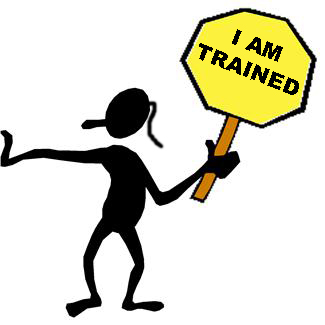 It is most appropriate for every one of us to learn how to protect ourselves: girl, boy, woman, man. As they say, knowledge is power. When we are well trained, we doubt ourselves less, maintain awareness of what’s around the corner and are more prepared to interpret and successfully meet physical contact and body language of others.
It is most appropriate for every one of us to learn how to protect ourselves: girl, boy, woman, man. As they say, knowledge is power. When we are well trained, we doubt ourselves less, maintain awareness of what’s around the corner and are more prepared to interpret and successfully meet physical contact and body language of others.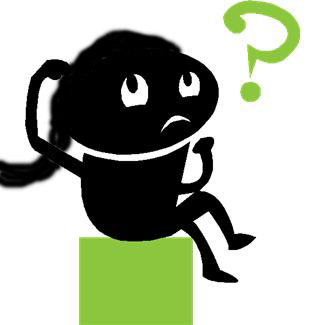 One wonders why personal safety training has not been added to “the” required school curriculum beginning in elementary school. This type of training is basic to our ability to build a strong emotional and physical foundation. How could it be left out? It also tempers the spirit so that violence is met with temperance. Go figure.
One wonders why personal safety training has not been added to “the” required school curriculum beginning in elementary school. This type of training is basic to our ability to build a strong emotional and physical foundation. How could it be left out? It also tempers the spirit so that violence is met with temperance. Go figure. We are not objects to be gawked at dressing for the pleasure of others. We are brilliant beings who can choose the way we look and feel in a world we are involved in changing. If we choose to dress for others, that’s great. As long as it soothes, rather than inflames, our nature.
We are not objects to be gawked at dressing for the pleasure of others. We are brilliant beings who can choose the way we look and feel in a world we are involved in changing. If we choose to dress for others, that’s great. As long as it soothes, rather than inflames, our nature.
 7)
7) We remember the impressions from our childhood, the good, the bad, especially the ugly. There are many we haven’t even actualized into words. They form us, though.
We remember the impressions from our childhood, the good, the bad, especially the ugly. There are many we haven’t even actualized into words. They form us, though.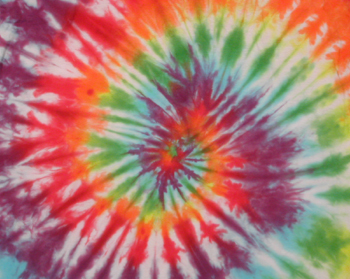 In November, 1969, I ended up going to the Palm Beach Pop Music Festival, a glorious lifetime game changer of 3 cold, wet and muddy days where I saw Janis Joplin, The Rolling Stones, Iron Butterfly and a host of other musicians, friends, action. Yes, they were singing about peace and what was wrong with our time with our presence in Vietnam very much on our minds. We wore tie dyed t-shirts, flowers in our hair, peace signs on our clothing and marched for various freedoms which are now common place.
In November, 1969, I ended up going to the Palm Beach Pop Music Festival, a glorious lifetime game changer of 3 cold, wet and muddy days where I saw Janis Joplin, The Rolling Stones, Iron Butterfly and a host of other musicians, friends, action. Yes, they were singing about peace and what was wrong with our time with our presence in Vietnam very much on our minds. We wore tie dyed t-shirts, flowers in our hair, peace signs on our clothing and marched for various freedoms which are now common place.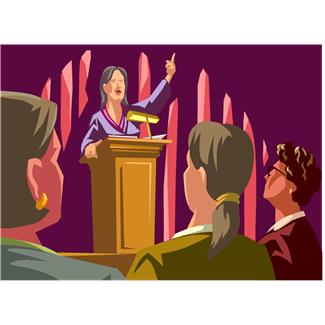 We have all listened to lectures, read some article, report, paper or book justifying the need for peace. Although these intellectual pursuits are impressive, they are not exciting enough to make us get involved enough to empower a movement. Most of the time, we do not move because most of what we hear and read is dry and does not create that exponentially growing enthusiasm we require to take a committed step.
We have all listened to lectures, read some article, report, paper or book justifying the need for peace. Although these intellectual pursuits are impressive, they are not exciting enough to make us get involved enough to empower a movement. Most of the time, we do not move because most of what we hear and read is dry and does not create that exponentially growing enthusiasm we require to take a committed step.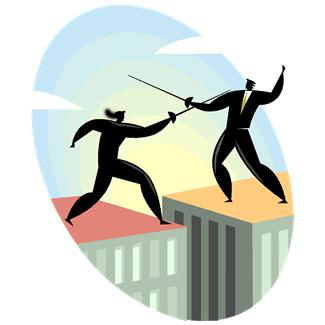 Aggressive behavior involves fighting, yelling, anger and conflict resolution that usually ends in violence. We, as civilized people, accomplish temporary territorial expansion, human rights as we see them at the time of issue and winning a struggle of will until the next powerful wave of fellow humans decides there is a need for change. Not a great show of modern civilization.
Aggressive behavior involves fighting, yelling, anger and conflict resolution that usually ends in violence. We, as civilized people, accomplish temporary territorial expansion, human rights as we see them at the time of issue and winning a struggle of will until the next powerful wave of fellow humans decides there is a need for change. Not a great show of modern civilization.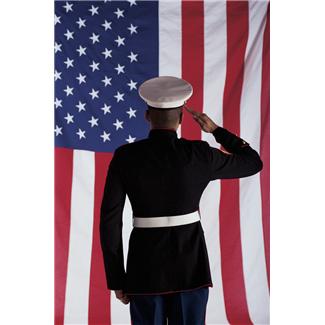
 (I am in deep gratitude to our military fighters who protect our children, our way of life, our freedoms. At this time, there is need for such military strength. Will this always be our nature, or can we evolve?
(I am in deep gratitude to our military fighters who protect our children, our way of life, our freedoms. At this time, there is need for such military strength. Will this always be our nature, or can we evolve? It’s because of the pizazz in some of us, often celebrities, that the others of us are sparked to take action.
It’s because of the pizazz in some of us, often celebrities, that the others of us are sparked to take action. You may remember
You may remember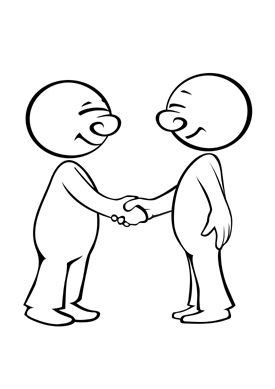 Since we all like to be entertained and we get involved by celebrity messages, let’s continue to use entertainment to make sparks fly. It’s sexy, creative, diverse, instantaneous. We become instantly involved when we hear a song that we like or see art that is beautiful.
Since we all like to be entertained and we get involved by celebrity messages, let’s continue to use entertainment to make sparks fly. It’s sexy, creative, diverse, instantaneous. We become instantly involved when we hear a song that we like or see art that is beautiful. Start talking to someone who has grown up in war. When they get inflammatory about their opposing tribe, don’t get inflammatory or judgmental. Work to understand this behavior.
Start talking to someone who has grown up in war. When they get inflammatory about their opposing tribe, don’t get inflammatory or judgmental. Work to understand this behavior.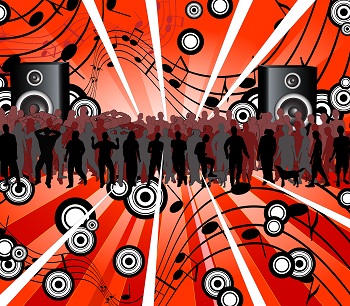 Commit that you make it your goal to pick a performer that fires you up: a musician, a visual artist, an actor, a creator. Pick one who donates to a peace cause. Go to concerts of this performance troupe, either in person or online. Follow the network attached to this performer, and look into the organization that benefits from the donation.
Commit that you make it your goal to pick a performer that fires you up: a musician, a visual artist, an actor, a creator. Pick one who donates to a peace cause. Go to concerts of this performance troupe, either in person or online. Follow the network attached to this performer, and look into the organization that benefits from the donation. Join a network that is all about getting people together for the purpose of creating new art, new music, new creativity for the sake of upgrading our peace, our resources, our human rights and downgrading our greed and our habits that cause us to be unhealthy.
Join a network that is all about getting people together for the purpose of creating new art, new music, new creativity for the sake of upgrading our peace, our resources, our human rights and downgrading our greed and our habits that cause us to be unhealthy.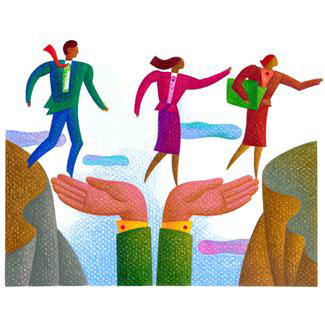 In order to build a peace bridge, we have to work every day to rid ourselves of old ideas, old reactions, our own prejudices. How?
In order to build a peace bridge, we have to work every day to rid ourselves of old ideas, old reactions, our own prejudices. How?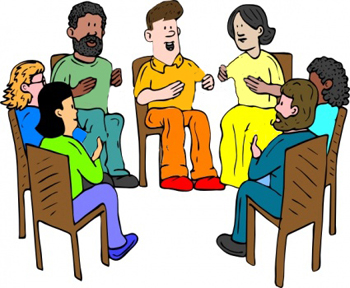 Peace needs a bridge that we, individually and collectively, can build. Every day, we can choose to back away from our own need for power by submitting to listen to someone; we can build the bridge. When we act well, others see it and may make it part of their culture. When we yield, the more powerful we become. We may even release the anger that causes war.
Peace needs a bridge that we, individually and collectively, can build. Every day, we can choose to back away from our own need for power by submitting to listen to someone; we can build the bridge. When we act well, others see it and may make it part of their culture. When we yield, the more powerful we become. We may even release the anger that causes war.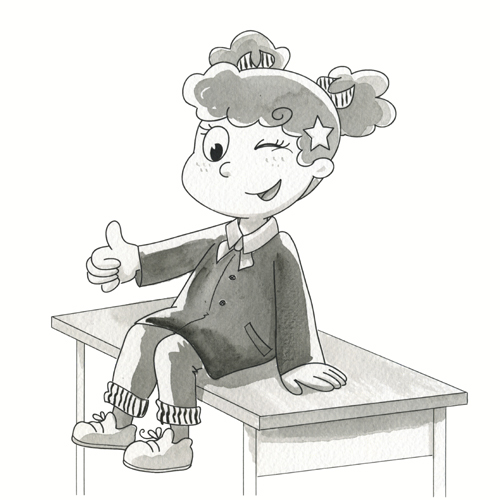
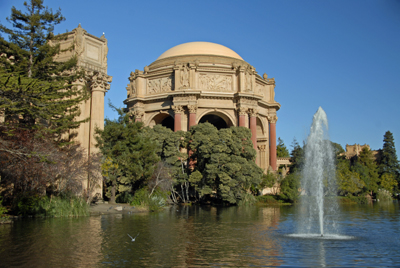 I was thinking about the studies I read, the nutrition I study and have access to, the articles I write on how to lead a better life through no stress, better habits and good times. When all of a sudden, I realized that the techniques I write about are luxurious. Meaning able to be executed because of our luxury. I knew it was time to focus on some of those luxuries that we take for granted.
I was thinking about the studies I read, the nutrition I study and have access to, the articles I write on how to lead a better life through no stress, better habits and good times. When all of a sudden, I realized that the techniques I write about are luxurious. Meaning able to be executed because of our luxury. I knew it was time to focus on some of those luxuries that we take for granted.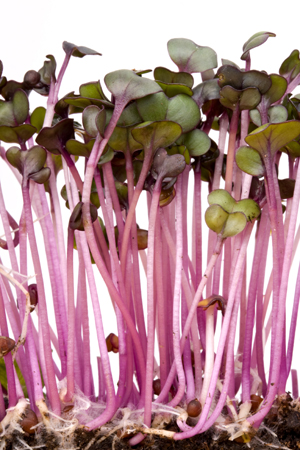 Almost
Almost 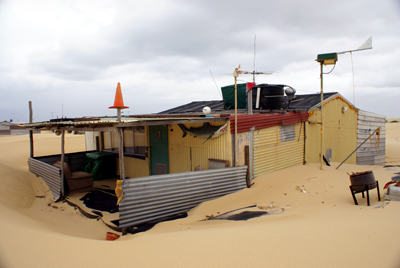 There are so many different levels of having shelter. Some of us used to have a tin house that was washed away by a hurricane. Others of us have a small apartment. And others own several palatial homes in different parts of the world. Whatever we have, it is a gift. Especially if we can actually be comfortable in it.
There are so many different levels of having shelter. Some of us used to have a tin house that was washed away by a hurricane. Others of us have a small apartment. And others own several palatial homes in different parts of the world. Whatever we have, it is a gift. Especially if we can actually be comfortable in it. Not to get gushy, but, the 1 thing the United States offers is a special array of freedoms. True, we have a little imbalance of power, from time to time, when it comes to the corporation vs. the individual. But, mostly, we have the largest vat of freedom in the world. Not to be taken lightly.
Not to get gushy, but, the 1 thing the United States offers is a special array of freedoms. True, we have a little imbalance of power, from time to time, when it comes to the corporation vs. the individual. But, mostly, we have the largest vat of freedom in the world. Not to be taken lightly.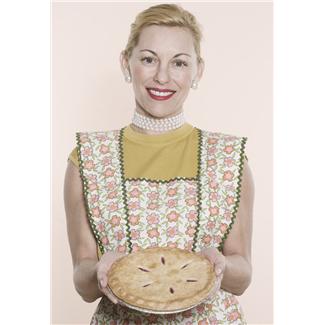
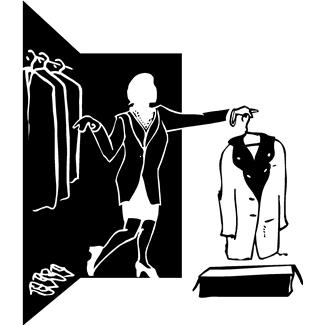
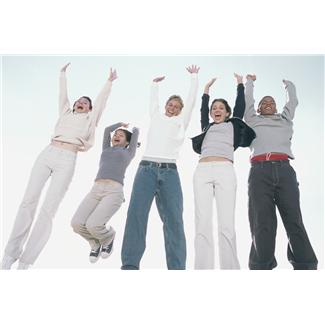 5) PEACE & FREEDOM ACTION STEP
5) PEACE & FREEDOM ACTION STEP





